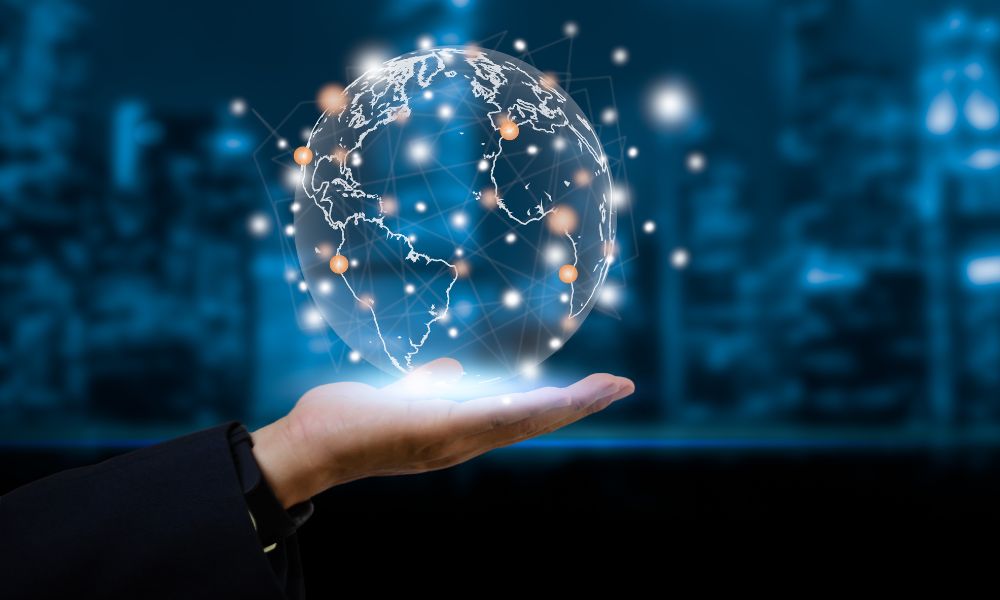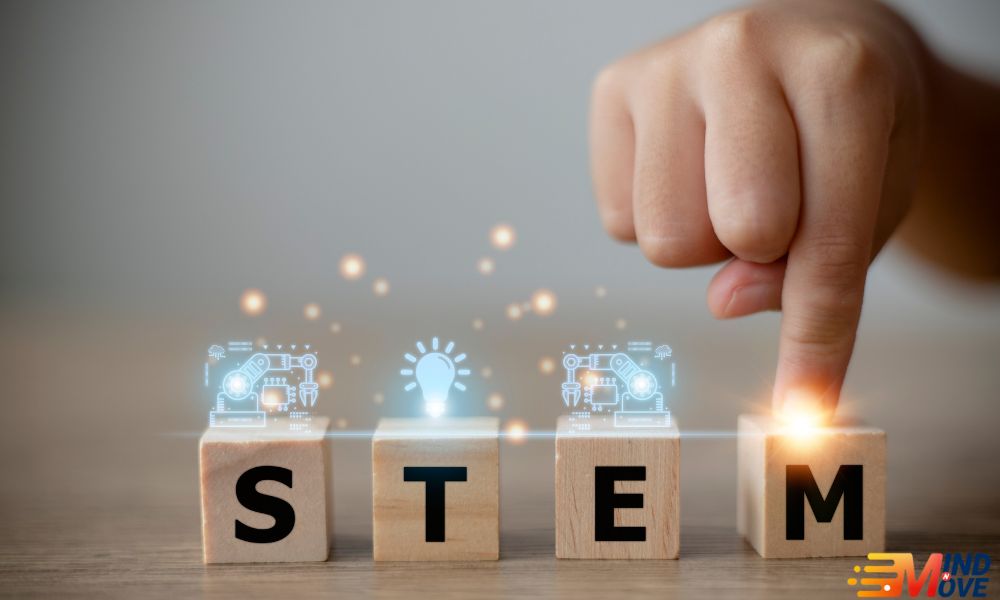The Internet of Things (IoT) is a rapidly growing technology that connects everyday devices to the internet. This allows for the collection and sharing of data, enabling new levels of efficiency, automation, and convenience in our daily lives.
What is IoT?
IoT refers to the interconnectedness of physical devices, vehicles, buildings, and other objects that are embedded with sensors, software, and network connectivity. This allows these objects to collect and exchange data, enabling them to communicate and interact with one another, as well as with other systems and devices.
Examples of IoT
Some examples of IoT devices include smart home devices like Amazon Echo and Google Home, wearables such as the Apple Watch and Fitbit, and connected cars like Tesla. Other examples include smart thermostats, security cameras, and even industrial equipment.
Benefits of IoT
One of the main benefits of IoT is the ability to collect and analyze large amounts of data. This can lead to more efficient and effective decision making, as well as the ability to automate processes and tasks. For example, a smart home system can automatically adjust the temperature based on the weather forecast, or turn off lights and appliances when you leave the house.
Another benefit of IoT is the ability to remotely monitor and control devices. This can be especially useful for industrial and commercial applications, such as monitoring the performance of machinery or tracking inventory levels.
IoT and Smart City
IoT technology also plays a crucial role in the development of smart cities. Smart cities use IoT-enabled devices and systems to improve the quality of life for citizens, by making city services more efficient and sustainable. Smart street lights, for example, can automatically adjust their brightness based on the time of day and the presence of pedestrians, while connected trash cans can alert sanitation workers when they need to be emptied.
Challenges and Risks
While IoT offers many benefits, it also presents new challenges and risks. One major challenge is the issue of security and privacy. As more devices are connected to the internet, there is an increased risk of hackers and cybercriminals accessing sensitive data. To mitigate these risks, it is important to ensure that IoT devices are properly secured and that data is protected with encryption.
Another challenge is the issue of data management and analysis. With the large amounts of data being generated by IoT devices, it can be difficult to make sense of it all and extract meaningful insights. This requires advanced analytics and data management tools to process and interpret the data.
Conclusion
The Internet of Things is a technology that has the potential to revolutionize the way we live, work, and interact with the world around us. By connecting everyday devices to the internet, IoT enables the collection and sharing of data, leading to new levels of automation, efficiency, and convenience. However, as with any new technology, there are also challenges and risks that must be addressed. By properly securing devices and data, and using advanced analytics and data management tools, we can fully realize the benefits of IoT and build a more connected, intelligent world.




